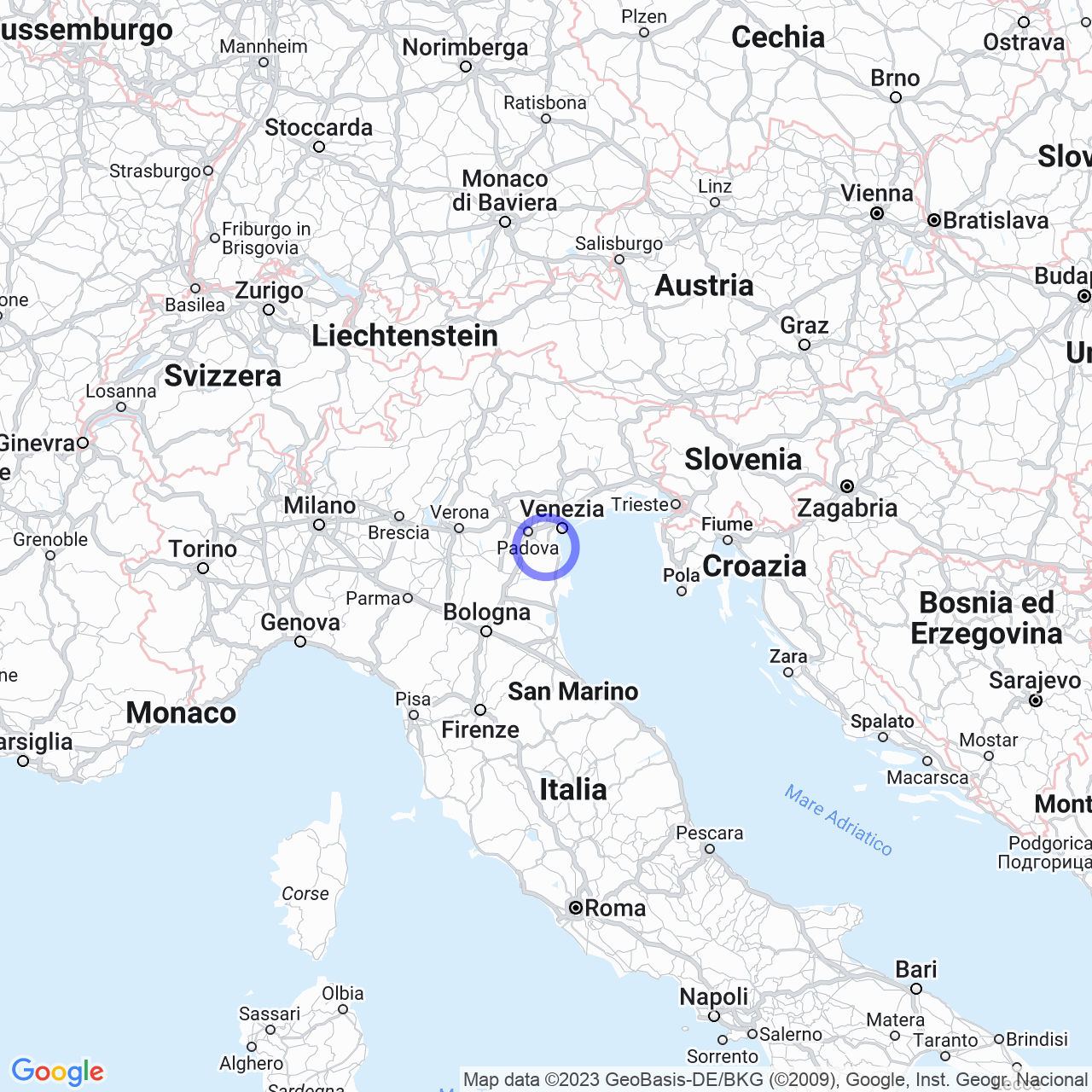Codevigo
Codevigo: a gem in the province of Padua
Hello everyone! Today I would like to tell you about Codevigo, a municipality in our beloved Veneto, located southeast of Padua. With its 6391 inhabitants, Codevigo is the easternmost municipality in the province and the only one with an outlet on the Venice Lagoon. Let's take a look at some history and trivia about this gem of the Paduan province.
The history of Codevigo
Codevigo is a municipality with a very ancient history, dating back to Roman times when it was known as "Caput Vici". The first official document mentioning the name "Caput de Vicco" dates back to 988, and was found in the donation of assets to the Monastery of the Holy Trinity of Brondolo. In the 14th century, the territory of Codevigo was under the dominion of the lords of Padua, the Carraresi, who built fortresses and a defensive system based on watchtowers.
Later, the hydraulic interventions of the Serenissima to preserve the lagoon from silting caused numerous floods in the area, causing a deterioration of the territory. Only after the reclamation works of the first half of the 16th century, wanted by the Corner family, did the local population and economy began to grow. The Corner family represents a fundamental point in the history of Codevigo: the facade of the church was commissioned by them and the rustic villa was designed by the same architect. After the dominion of the Corner family, the assets of Codevigo passed into the hands of the Foscari family.
The church of Zaccaria was built in the 16th century by Lorenzo da Bologna, while the facade is by Giovanni Maria Falconetto. The church is mentioned in a donation act of 1173 and represents an important religious site for the territory of Codevigo.

The post-war period
Unfortunately, the history of Codevigo is not free from moments of pain and suffering. In 1945, during World War II, there was a tragic episode known as the Codevigo Massacre. The British Eighth Army crossed the Po River marching north with the support of the "Cremona" Combat Group of the Royal Army and the Partisans of the 28th Garibaldi Brigade "Mario Gordini", commanded by Arrigo Boldrini.
During these events, the village teacher, Corinna Doardo, was killed without trial by partisans, along with other local fascists. Later, the partisans rounded up members of the Republican National Guard and the Black Brigades of the Candiana garrison and other garrisons in the Verona area. Although these episodes represent sad moments in the history of Codevigo, it is important to remember them in order not to make the same mistakes in the future.
Conclusions
Codevigo is a municipality that deserves to be visited and appreciated for its history and natural beauty. With its location on the Venice Lagoon, Codevigo represents an important point of reference for the province of Padua and the entire Veneto region. The history of Codevigo has had moments of joy and sorrow, but it is important to remember that only by knowing our past can we build a better future. I invite you to visit this wonderful municipality and appreciate its history and natural beauty.
